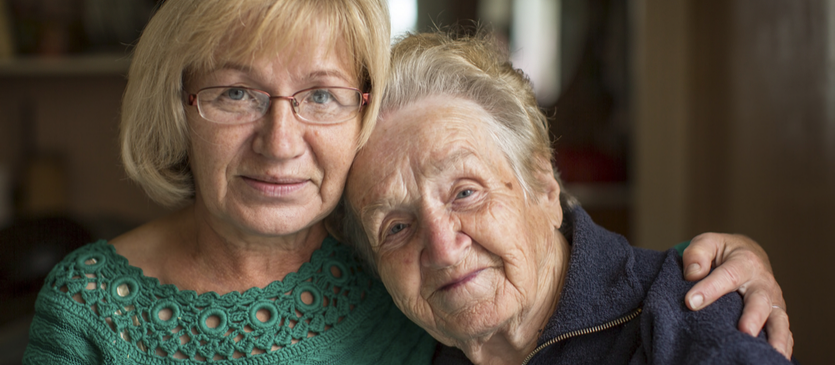Across Sydney suburbs, the granny flat is making a comeback. More and more are popping up in Sydney’s backyards, especially in the St George area. While it’s fair to say not all are designed completely with the needs of grandparents, (often it’s about boosting the potential value of the property), a well-designed and well-built secondary dwelling is a cost-effective way of solving the age-old challenge of caring for elderly relatives.
But is it a good idea for Granny (or Grandpa) to live so close? Depending on your family dynamics and circumstances, the answer may well be YES.
In 2009, the New South Wales government revised granny flat regulations, making them much easier and faster to build. A granny flat can be approved as a complying development, subject to minimum requirements, such as the limit of one granny flat per residential lot, a minimum lot size of 450sqm, and the granny flat must have a floor space no larger than 60sqm, which is ample space for a single person.
Multigenerational living can be a marvellous experience for everyone – a chance for children and grandchildren to create a closer relationship with elderly parents and provide support when it’s needed most.
Making the choice to have an elderly family member come to live with them in their own independent accommodation makes a lot of financial sense too. With the increasing cost of living, utility bills and council rates, combining resources under one ‘roof’ can save thousands every year.
For some families, the option of residential care is not part of the consideration set at all. They swear that they will ‘never put mum or dad in a home’. A separate granny flat off the house gives the parent independent space while giving the family far greater peace of mind.
Multigenerational living has many other benefits. Living in a granny flat helps your ageing parent avoid the sense of isolation and depression often associated with living alone. Your parent can choose to be totally separate or fully involved with daily family life. They could help with pet care, meal preparation and the occasional household chore (if they are able).
When it comes to who provides the lion’s share of care for an elderly parent, it typically falls on the daughter (or daughter-in-law) of the family. Carers Australia estimates there are almost three million unpaid family carers in Australia. More than two-thirds are female and 55 per cent of primary carers provide care for at least 20 hours per week.
If the woman also works, which is often the case in Sydney, the burden of care becomes even greater. With a granny flat arrangement, the logistics of providing care before and after work are minimised and more family members can provide practical assistance or companionship over the day and week.
If a family is a close-knit unit, and all family members are on-board, a granny flat for your parents can be a perfect solution.
Yet, everyone needs their own space and privacy. No matter how close and loving your relationship may be, changing the household dynamics impacts the entire family.
While some may see a Granny flat as a quick, budget solution to housing your ageing relatives, it is not ideal for every family, especially if your parent has complex healthcare needs requiring acute or specialist care.
Some backyards are made for granny flats and work very well — they separate very nicely between the main house. But if your backyard is too small and the granny flat shares too much space and privacy with the main house it could prove disastrous.
Importantly, the house must be suitable with easy access and modifications such as extra rails and appropriate non-slip flooring. You may need to have backup support such as respite care when you take holidays.
Investing in a granny flat is a long-term decision, so talk to Mum or Dad well in advance about the right living arrangement for them, when they are in good health. Preparing ahead for the future will help you manage whatever challenges your family may face.




